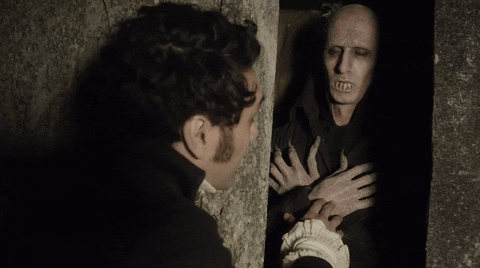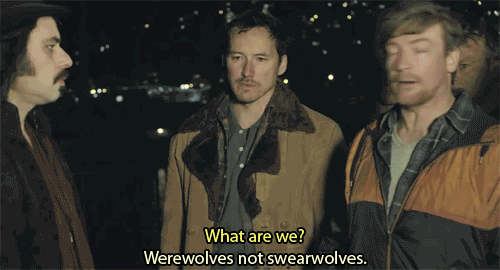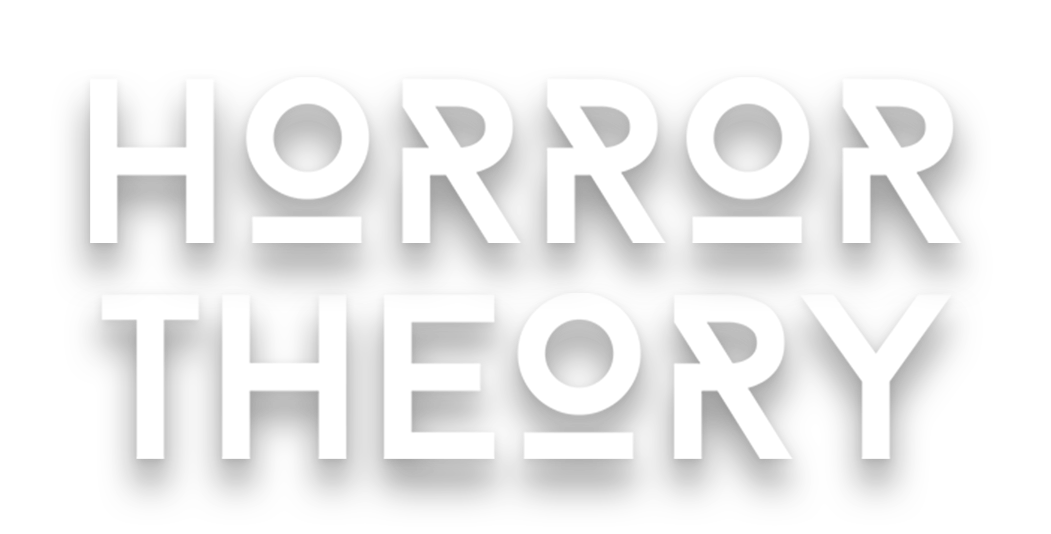Before Taika Waititi was entrusted with refreshing the stale Thor film franchise with Thor: Ragnarok, he was proving himself as the co-writer and co-director (partnering in both roles with Flight of the Concord’s Jemaine Clement) of the absurdly hilarious vampire horror comedy What We Do In The Shadows. And it’s not difficult to see how the R-rated mockumentary helped establish Waititi as one of the quirkiest and most exciting talents in the industry.
Basing the film on an earlier short film called What We Do In The Shadows: Interviews With Some Vampires, the comedic duo pitched the idea for the film in Hollywood in the early 2010s with the condition that it remain a smaller budget affair with no big name actors. The limited budget ( $1.6 million) led to some really lean but charming special effects. The film was shot in Wellington, New Zealand in September 2012 and had a limited release in 2015– before becoming one of the most pirated films of that year.
“We wanted to blend naturalism with the supernatural.”
-Jemaine Clement about writing What We Do in The Shadows
The film opens with Waititi’s character Viago’s alarm clock going off as he levitates out of his coffin-laid slumber. A disclaimer appears on the screen to note that the documentary film crew were given full access to the daily lives of a group of apartment-dwelling vampires with the promise that they wouldn’t be harmed. The camera crew’s interest in the vampire subjects was noted to be based on the clique’s planned attendance of The Unholy Masquerade, a special secret society event that occurs every few years in New Zealand.

379-year-old Viago, who is sort of the mother figure of the apartment, introduces us to his flatmates in an “MTV Cribs” style welcome. What We Do In The Shadows leans heavier on the comedy than on the horror elements, with each character acting loosely as a parody of a past prominent cinematic vampire. 862-year-old Vladislav (played by Clement) is a former tyrant and sexually energetic vampire. 183-year-old Deacon (Jonathan Brugh) is “the young, bad boy of the group” who is obsessed with seeming cool and vaguely mirrors a wannabe version of the brothers from The Lost Boys. 8,000-year-old Petyr is a mostly silent Nosferatu-like vampire who lives in the flat basement mostly isolated from the others.
Viago: Yeah some of our clothes are from victims. You might bite someone and then, you think, ‘Oooh, those are some nice pants!’
What We Do in The Shadows is admittedly light on plot, as we mostly learn more about the characters leading up to The Unholy Masquerade by following them as they go about their nights. The first thing we see is Viago, who was an 18th-century dandy, gather his flatmates for a meeting about better pulling their weights with apartment chores. In a stereotypically motherly I’m-not-mad-I’m-disappointed tone, he requests that Deacon be more reliable with his dishwashing duties. The absurdist vampire-rooted comedy is elevated as Viago clarifies that it’s been five years since he’s done the dishes and that they’re all soaked in human blood.

Waititi’s sense of humor is perfectly in sync with Clement’s, as he also wrote and directed a handful of episodes of the HBO series Flight of the Concords. Waititi and Clemenet shot 120 hours of mostly-improvised footage for the film, based on a 150-page script that only they were allowed to read, before editing the footage down to its final 85-minute runtime. Each character is fully-fleshed out, and by the end of the introductory scene, it’s easy to fall in love with each of the lead vampires– especially the impossibly precious Viago.
The mockumentary style lends itself surprisingly well to the credibility of the story and characters. The duo watched a lot of documentaries leading up to production. The vampire’s recollections of long-past memories are paired with pannings of old oil paintings depicting the setting of the memory, making it easy to sink into the film and buy into the format. The documentary style is layered with a reality television tone– complete with zoom-in reaction shots and subplots involving flatmate quarrels.
Deacon: I think we drink virgin blood because it sounds cool.
Vladislav: I think of it like this. If you are going to eat a sandwich, you would just enjoy it more if you knew no one had fucked it.
There are elements of the horror with a significant amount of bloodshed. Towards the final act, the expanding vampire team has a violent confrontation with a rival group of werewolves during a full moon. How they were able to pull off some of these scenes on the tiny budget is beyond comprehension.
One of the most compelling subversions of the cinematic vampire depicted in What We Do in The Shadows involves the camaraderie of the protagonists. Vampires are often shown as recluses who suffer from social isolation, a state of a lack of connection between an individual and society. And while their vampiric existence prevents them from being fully integrated into society (they can’t go out during the day time, aren’t able to enter buildings without being invited, and must remain relatively withdrawn for their own safety), they are remarkably social. They enjoy getting dressed up and going out to nightclubs with their friends.
Nevertheless, there is a sense of cultural marginalization. In an interview with VICE (see above), Waititi and Clement admitted that the use of the mythological folklore creatures as a metaphor for immigrants. In addition to being out of their own countries, the vampires of the film are also out of their own time periods. As the characters dress in their own cultural garb and take to the night clubs, they’re ridiculed by the locals on the streets. Later a vampire must come out to his human friend as a vampire and is surprised when he reacts acceptingly.
In the 2010s, vampires as a horror subgenre went through a wonderfully weird evolution. The decade marked the mythology stretching in new directions. Despite the hugely successful Twilight franchise dominating the box office into the end of 2012, there was still a generation of filmmakers eager to explore the shadows of the vampire mythos– with respect of the genre’s history and a sharp eye on its potential to use the folklore for societal introspection.
***
What We Do in The Shadows is available on blu ray, DVD, and digitally here. And be sure to check out the other entries in the The 31-Day 2010s Fear & Now Horror-Thon right here on Horror Theory.
